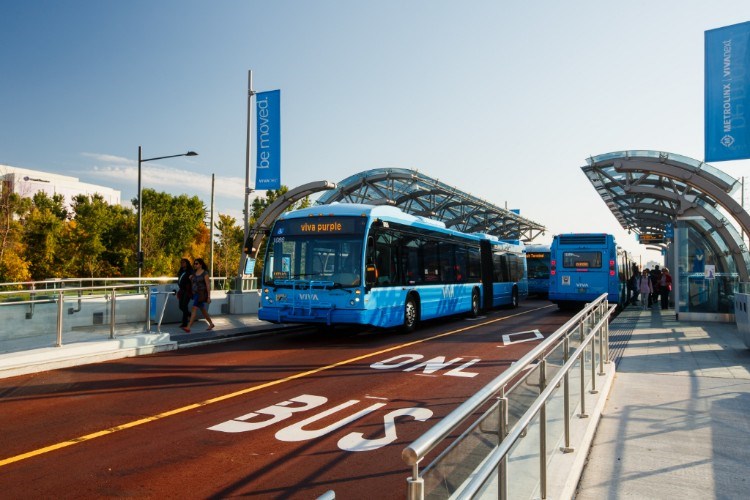Newmarket should have complete bike lanes along Davis Drive as part of York Region's transportation future, according to council.
The regional government sought feedback from Newmarket council Jan. 10 for its upcoming transportation master plan. The plan, which envisions what roads, trails, and paths would be in place by 2051, is due to be finalized in June.
The draft maps for the plan excluded the central portion of Davis from cycling facilities in the next 30 years. Mayor John Taylor said there should be complete bike lanes in the corridor within the 30-year horizon for the plan, noting the intensification of development to come.
“2051 is a long way away. It’s 30 years,” he said. “When we think about the number of residents that are going to go into the corridor in the next 30 years, in intensified settings, in a mid-rise highrise, to not at least have the aspirations to find a way … If nothing else (adding it to the plan), it keeps hope alive.”
Regional planners agreed to reassess that portion of the plan. Transportation and infrastructure planning director Brian Titherington said the initial exclusion was due to the narrow streets leaving little room for additional lanes.
The region staff said based on public and municipal feedback so far, the plan will prioritize safety, environmental sustainability, more options besides cars and allow for all modes of transportation on roads. The region also seeks to reduce car travel and review regional corridors.
The draft maps presented to council feature a new interchange to come at St. John’s Sideroad and Highway 404. Titherington said the map will include a full interchange at Mulock Drive for which the town has pushed.
Councillor Christina Bisanz questioned how the plan was factoring in the future that could see fewer vehicles on the road and technological changes like vehicles without drivers.
“It does make it a bit challenging trying to make some decisions,” she said. “Making decisions about reducing parking, or taking away parking, on the assumption in 10 to 15 years, we won’t have that many cars on the road.”
Titherington said they are trying to keep the plan flexible in preparation for the unknown.
“We tried to focus on our priorities that will be necessarily required,” he said. “What we want is to provide options. So people do have options to not use their car.”
Taylor suggested that people moving into new residences in the Davis Drive corridor should be given a one-year free transit pass to get more people on board with that, but Titherington said the region is already doing a similar initiative.
Taylor said the environmental component to the plan is critical, as is funding and working with lower-tiers to make environmentally friendly transportation options manifest.
“It’s crucial we change the way we’re doing things,” he said.


